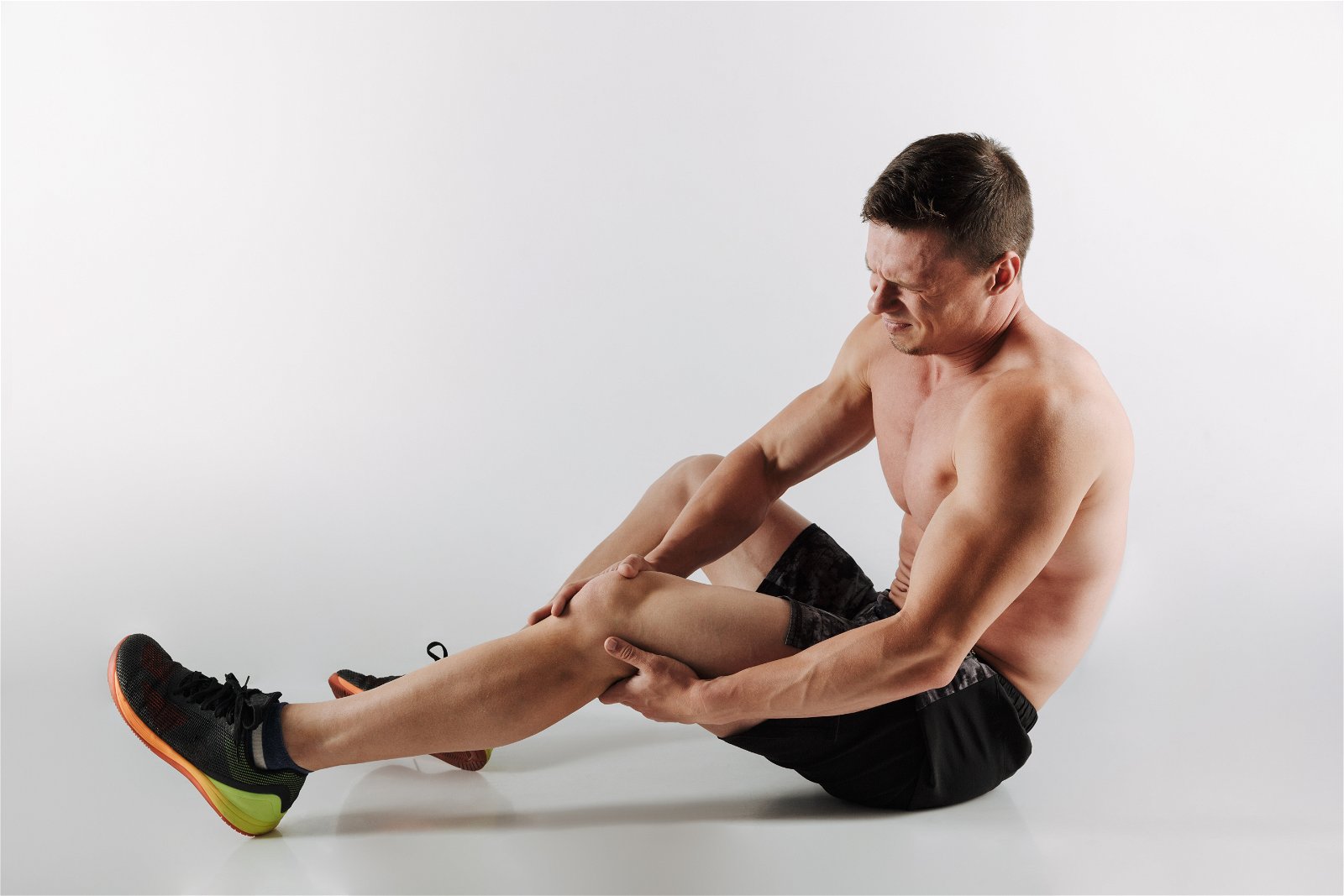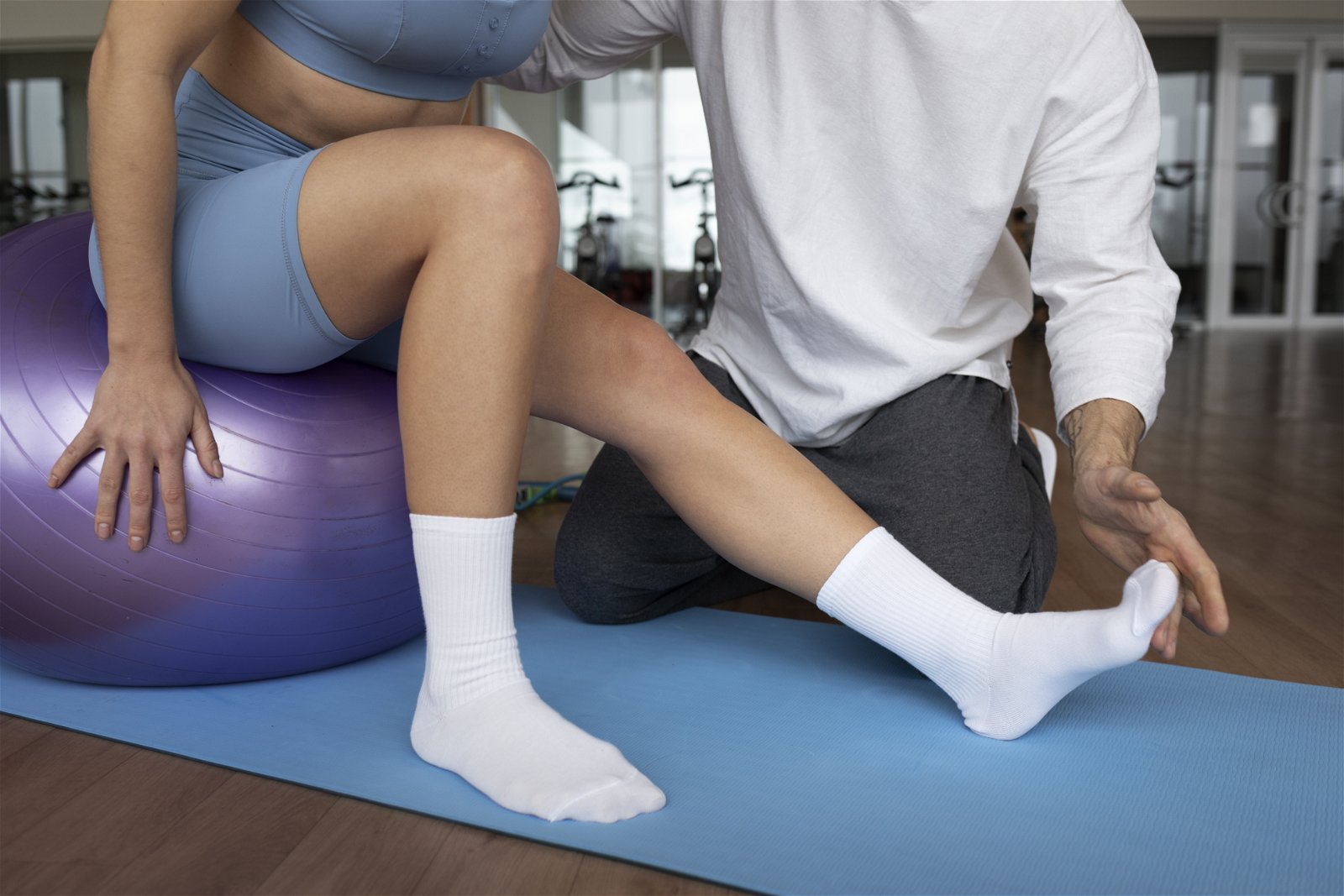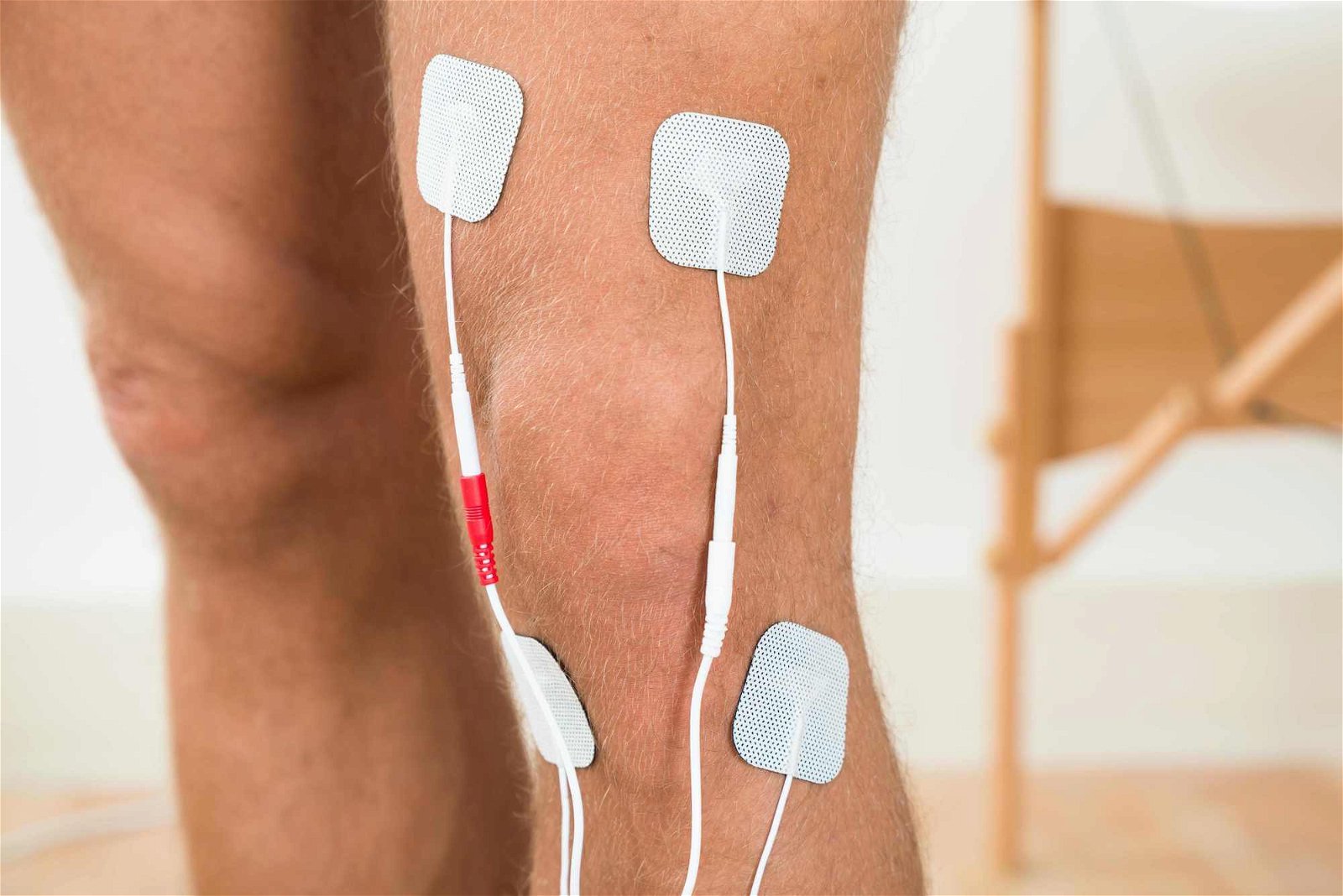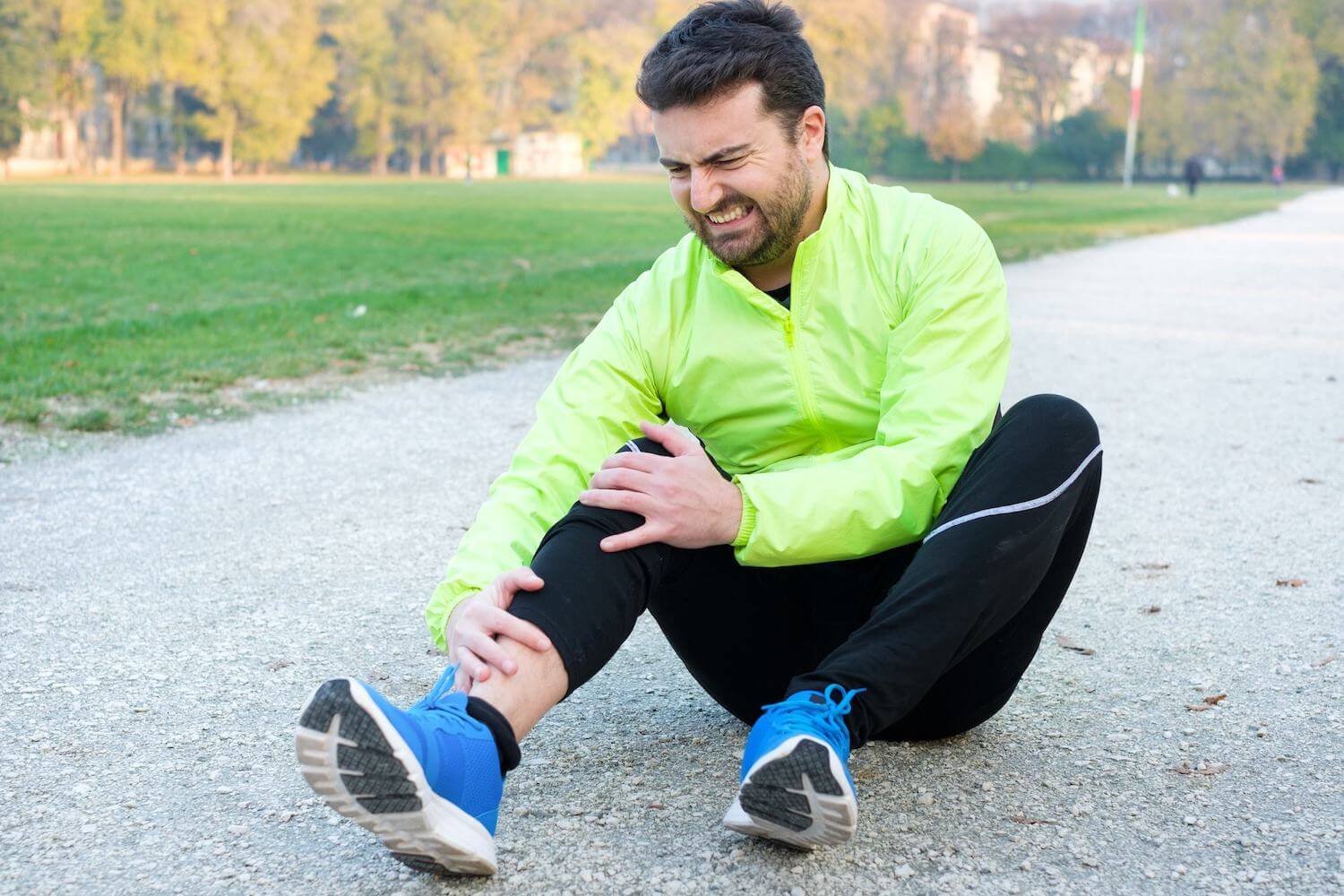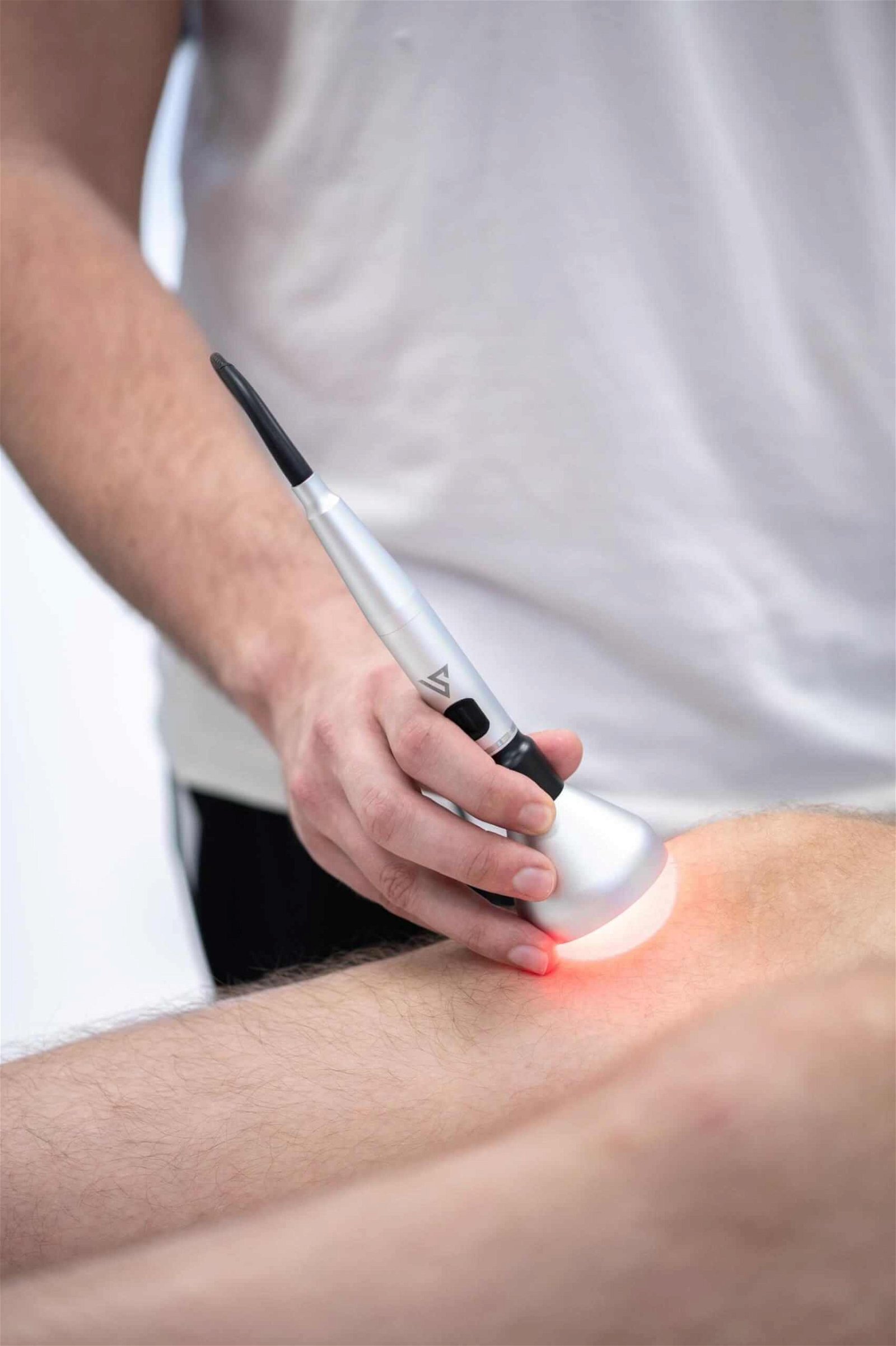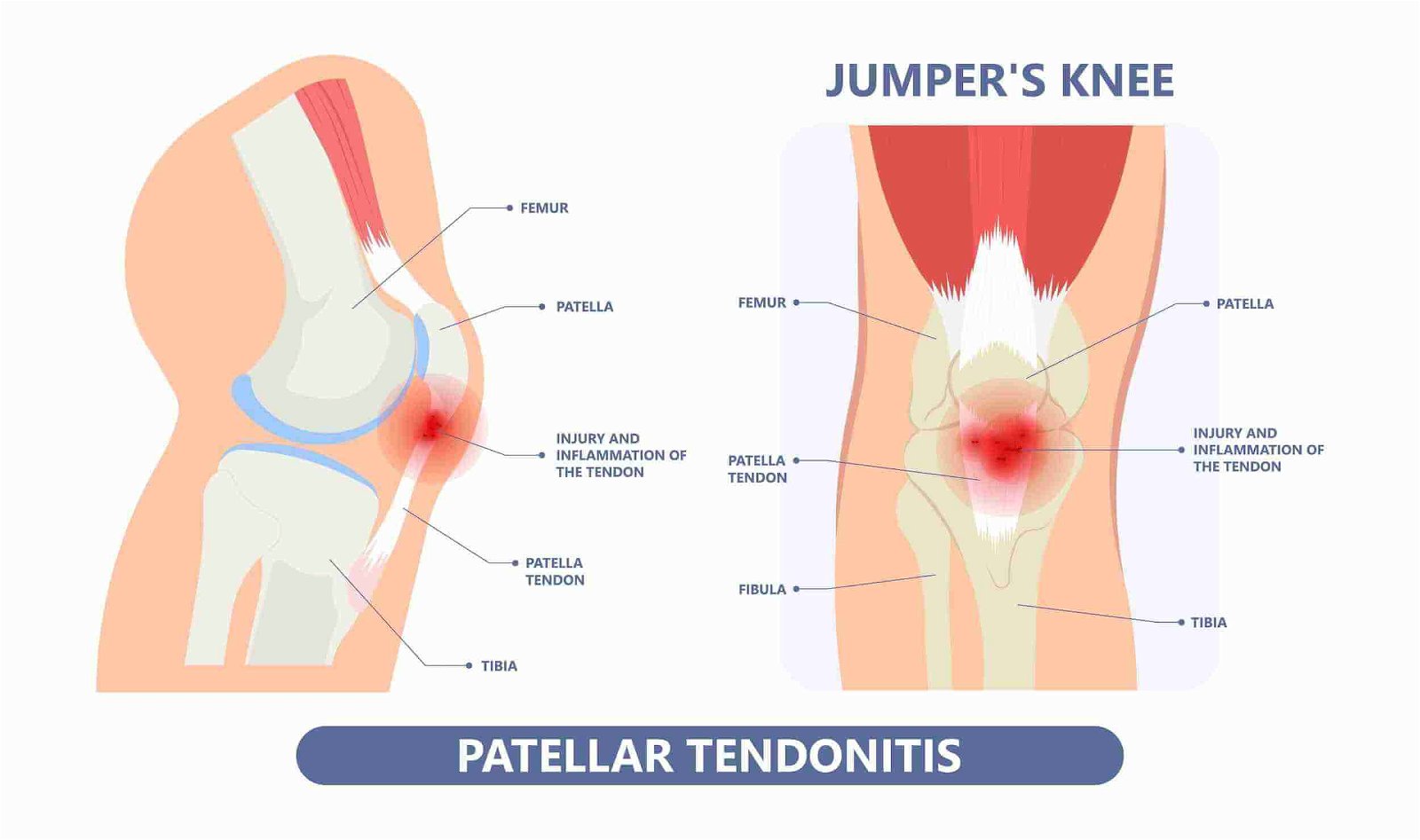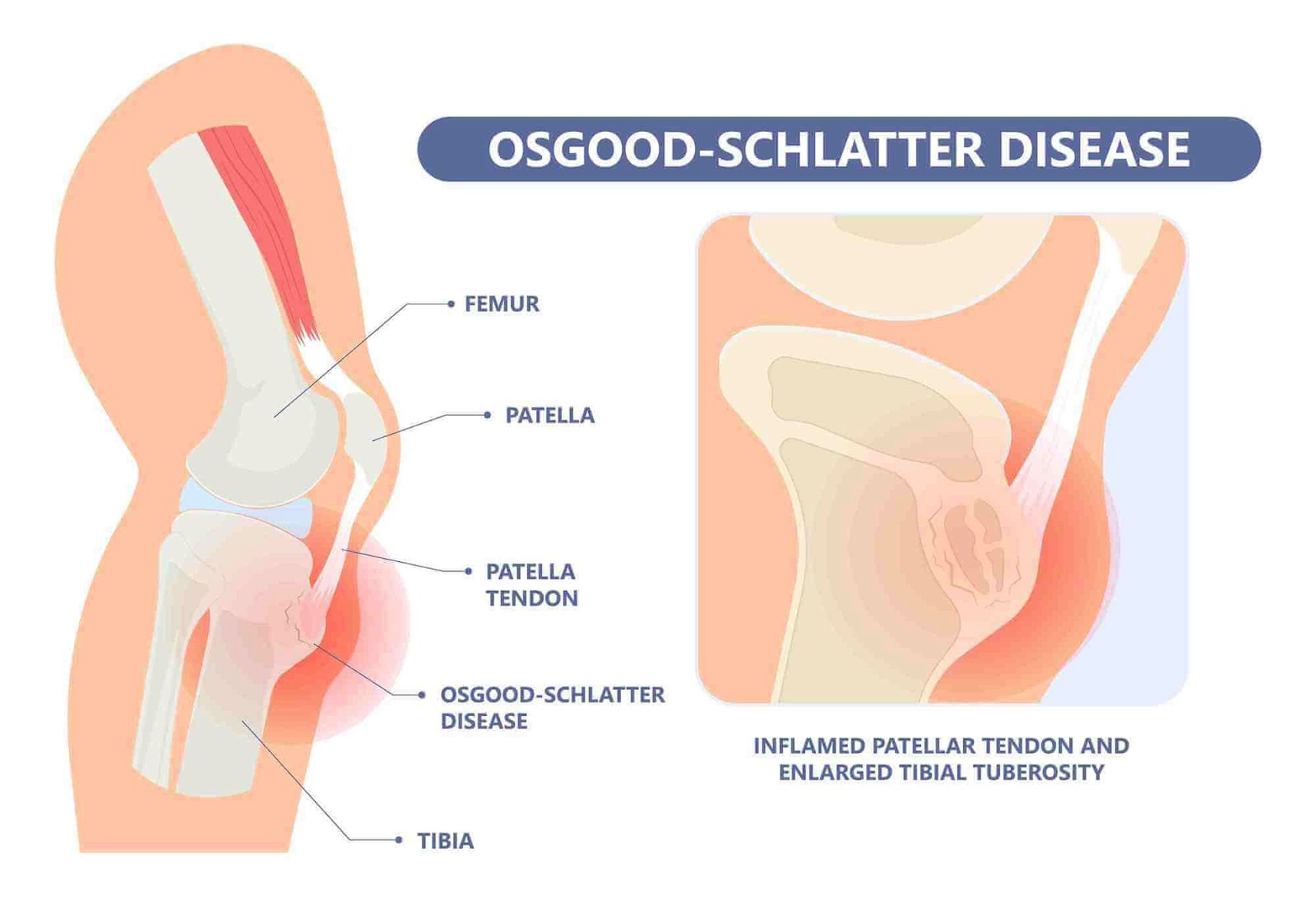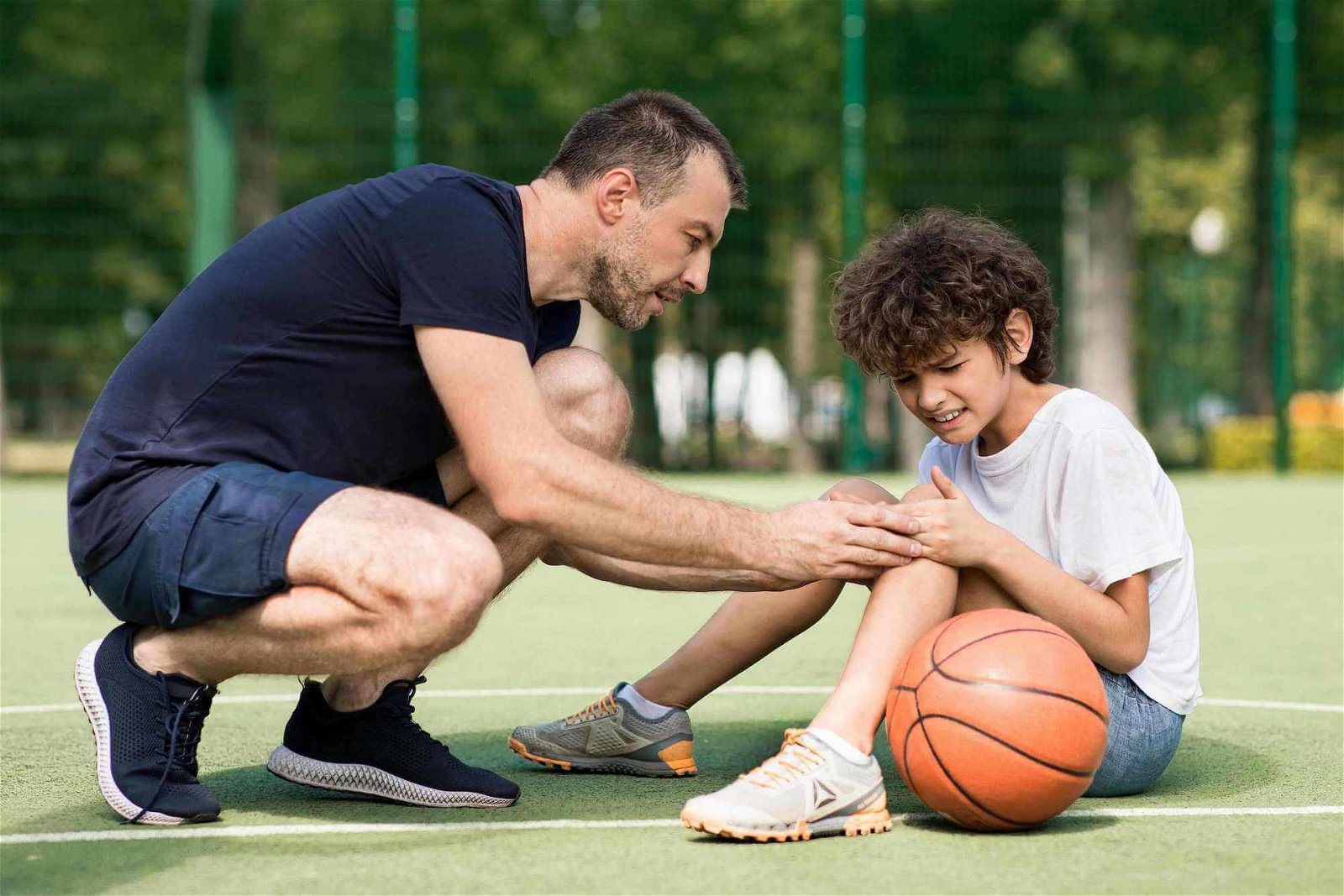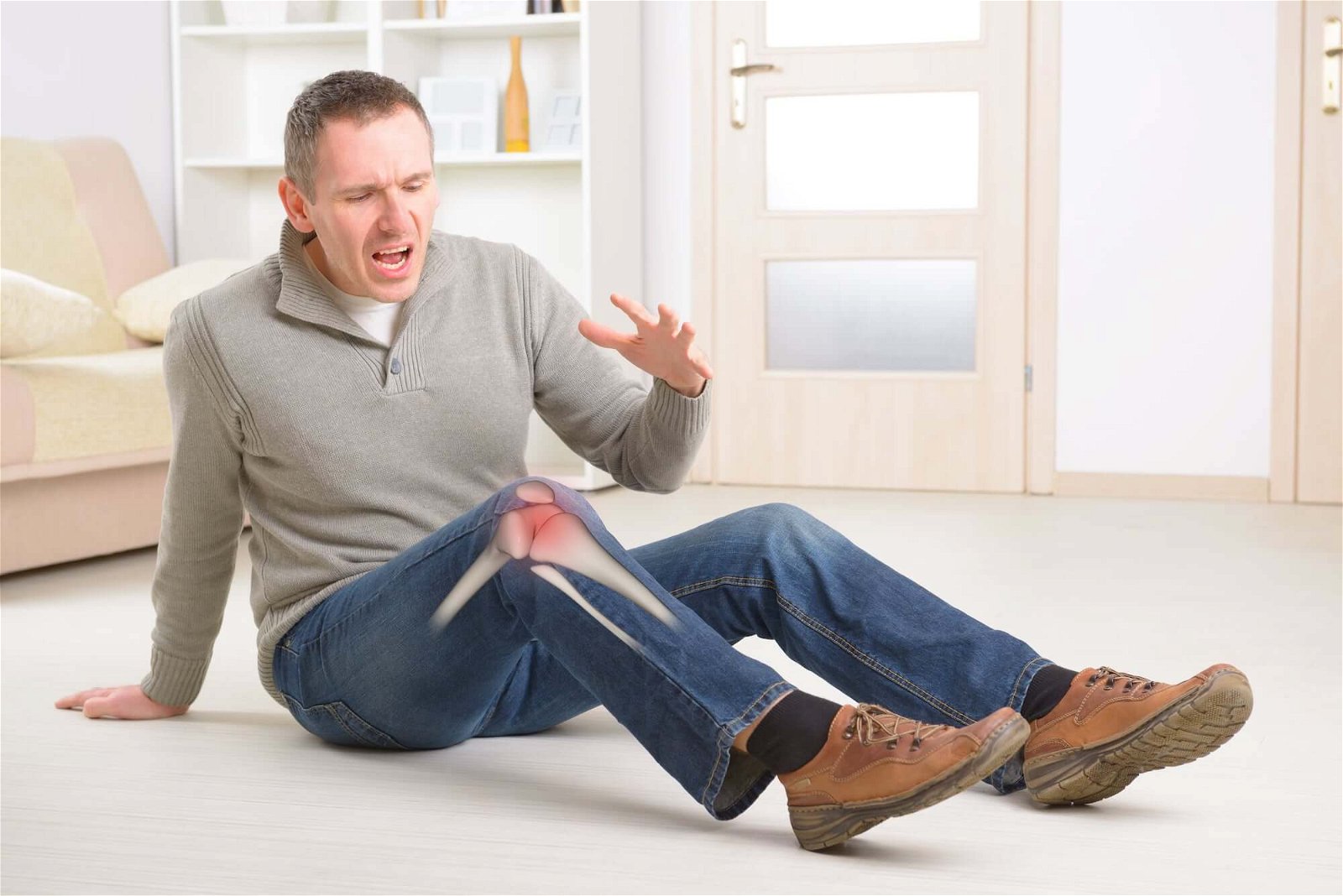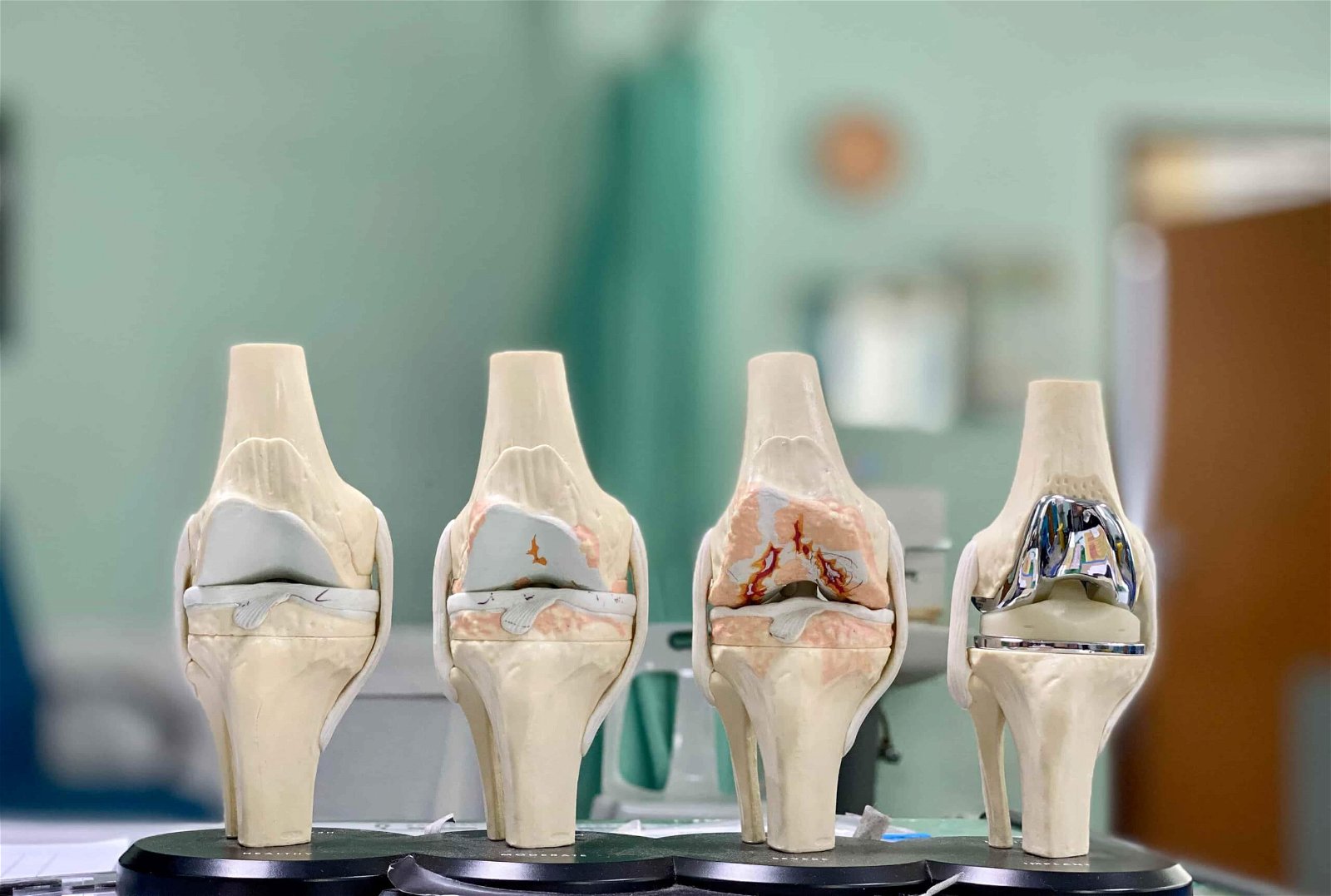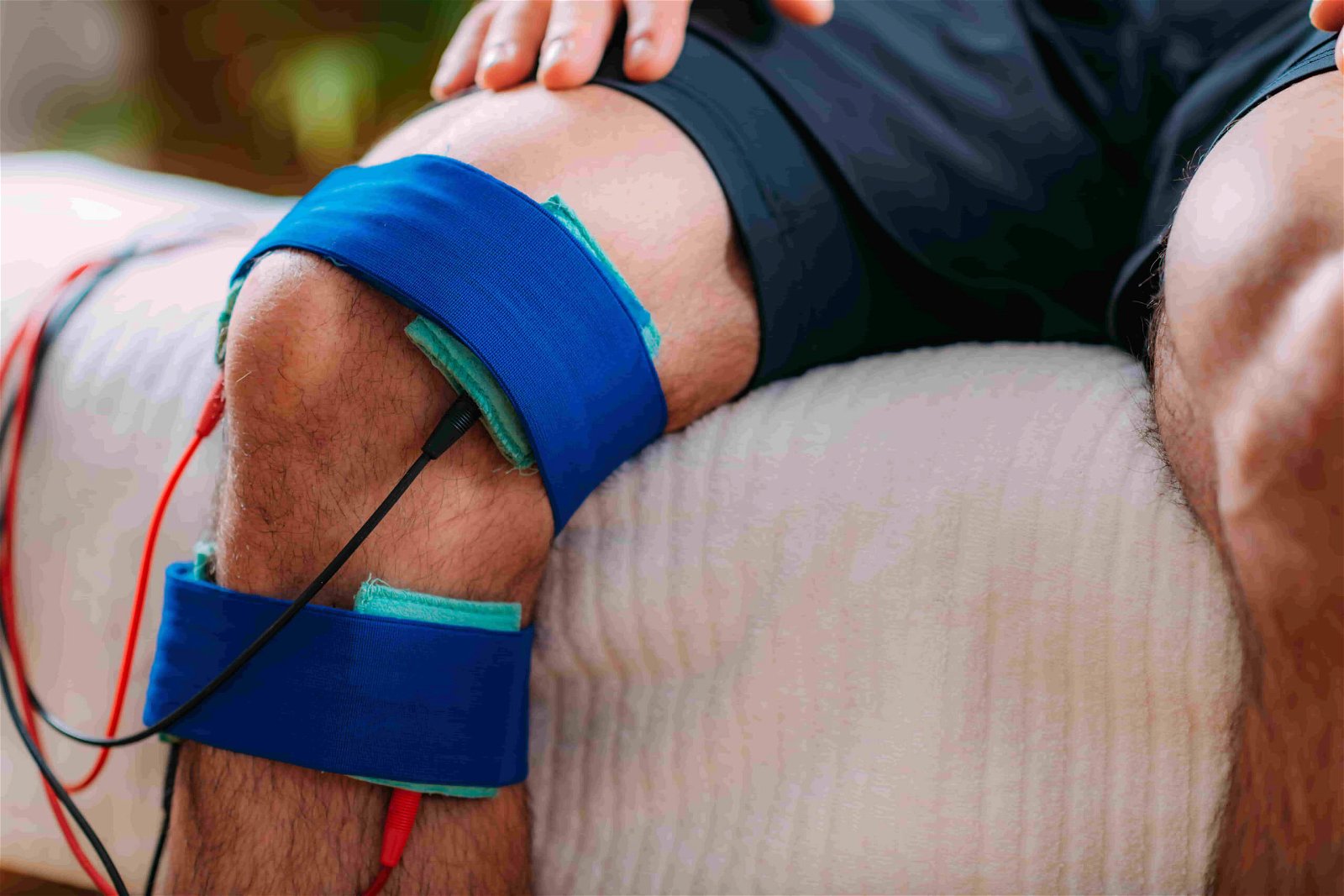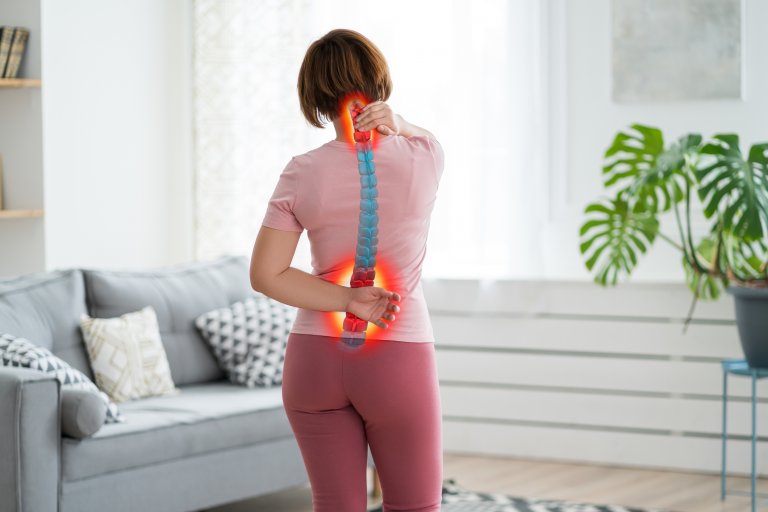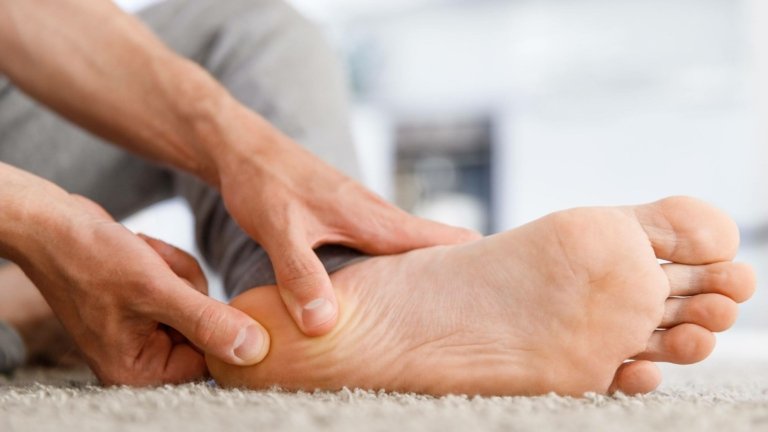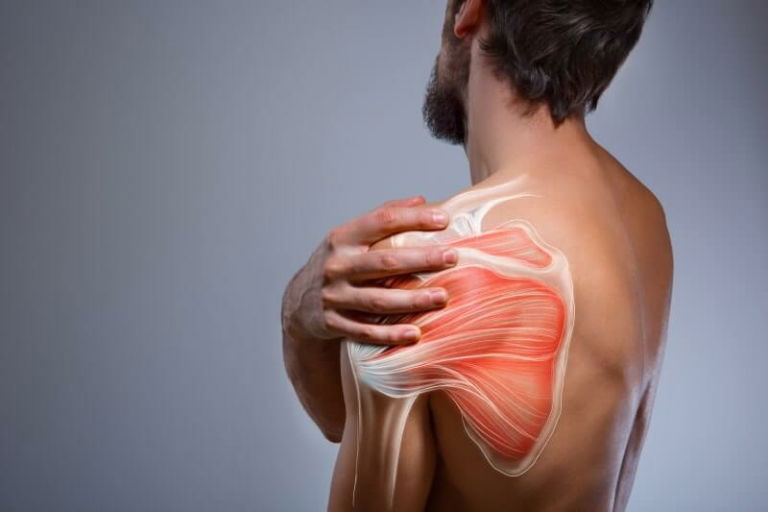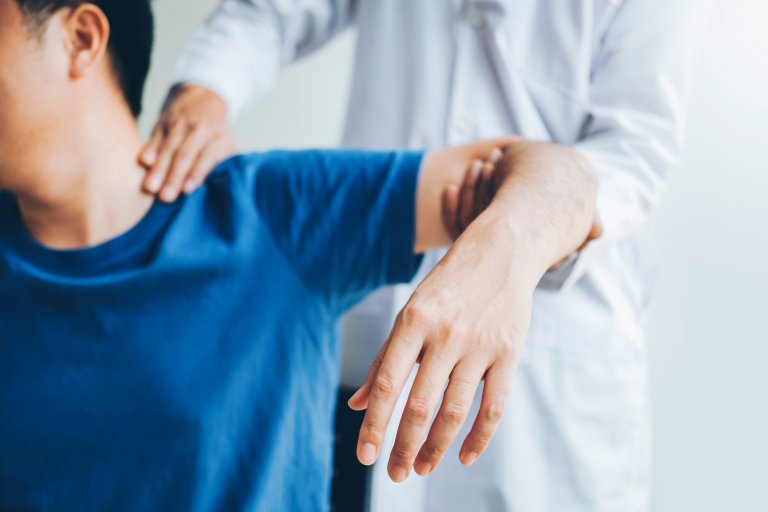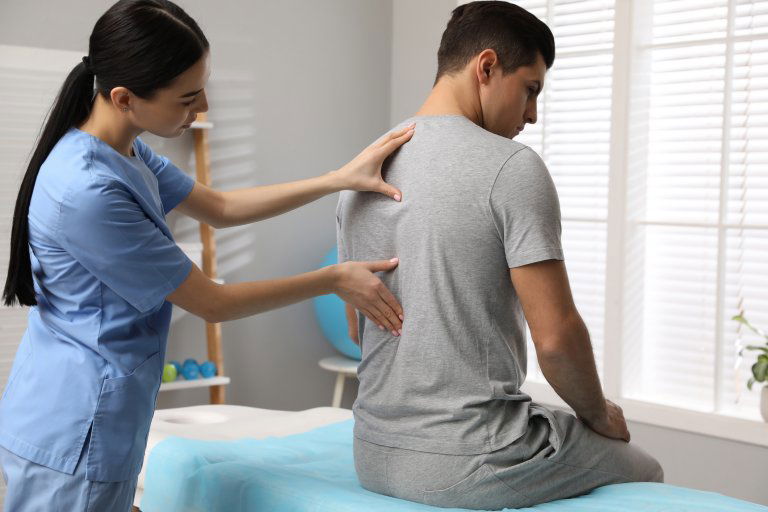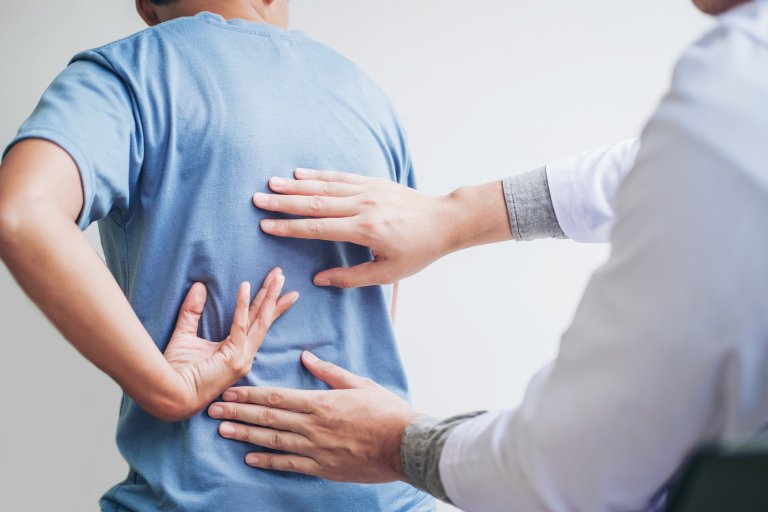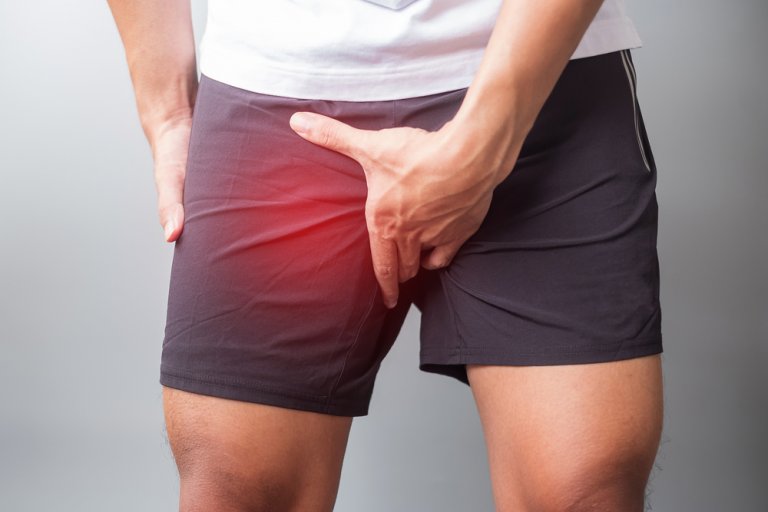The anterior cruciate ligament (ACL) is one of four key ligaments that provide passive stability of the knee joint. The anterior cruciate ligament is the most commonly injured ligament in the knee and one of the most common injuries in general. An ACL injury is considered a more serious injury in sports, as it is characterised by a long and complex rehabilitation.
The injury occurs due to forced, strong hyperextension of the knee (the knee is pushed back) or due to sudden pivoting (rotation of the body around a fixed foot and shin). The risk of anterior cruciate ligament injury is a combination of weak thigh muscles and a lot of landings, as well as poor endurance of the hamstring muscles in combination with sports activities, impacts, collisions and falls.
There are two known mechanisms of anterior cruciate ligament injury: a non-contact mechanism and a contact mechanism. Approximately 70% to 80% of ACL injuries are non-contact in nature, meaning that the cause of the injury is not an external force such as a collision, impact, or fall.
Non-contact injury occurs due to ligament failure. A large number of ACL injuries can be prevented by proper physical preparation for sports activities.
Symptoms of an ACL injury include severe knee pain that can radiate to the entire extremity, limited knee mobility (extension and bending of the knee), oedema or swelling that occurs several hours after the injury and gradually increases, a feeling of instability in the knee, a feeling of swaying or floating of the knee, and gradual loss of muscle mass in the quadriceps femoris muscles, especially on its inner section.
Approximately 40% of all patients with ACL injuries report a popping sensation at the moment of injury, which occurs due to a rupture of the ligament.
In more than half of all anterior cruciate ligament injuries, there are associated injuries to the meniscus of the knee joint. When an injury occurs, prompt diagnosis is crucial, specifically X-rays and magnetic resonance imaging (MRI), which confirm or rule out an ACL injury and skeletal fractures.
After an ACL injury, the RICE method of acute management should be applied.
Preoperative rehabilitation is mandatory, which is carried out intensively until the day of surgery. It is necessary to stop the swelling of the joint, eliminate the pain symptoms, regain the full range of motion of flexion and extension of the knee, and prevent or reduce muscle atrophy. The progress of preoperative rehabilitation depends on the extent of the injury and the patient’s participation.
In the case of a complete ACL rupture, surgical transplantation of the ligament is required.
If it is a partial ACL rupture, conservative treatment is first performed with special training to improve muscle strength and control of the knee joint during movements. If knee instability or severe pain symptoms do not subside, surgical treatment is necessary even in the case of a partial ACL rupture.
Postoperative rehabilitation of the anterior cruciate ligament lasts between six and nine months, depending on the patient’s age, level of sports activity, and the extent of the injury. During the first month of rehabilitation, we perform therapies to reduce swelling and pain and gradually apply special exercises to activate the thigh muscles and gain full range of extension and flexion of the knee joint.


